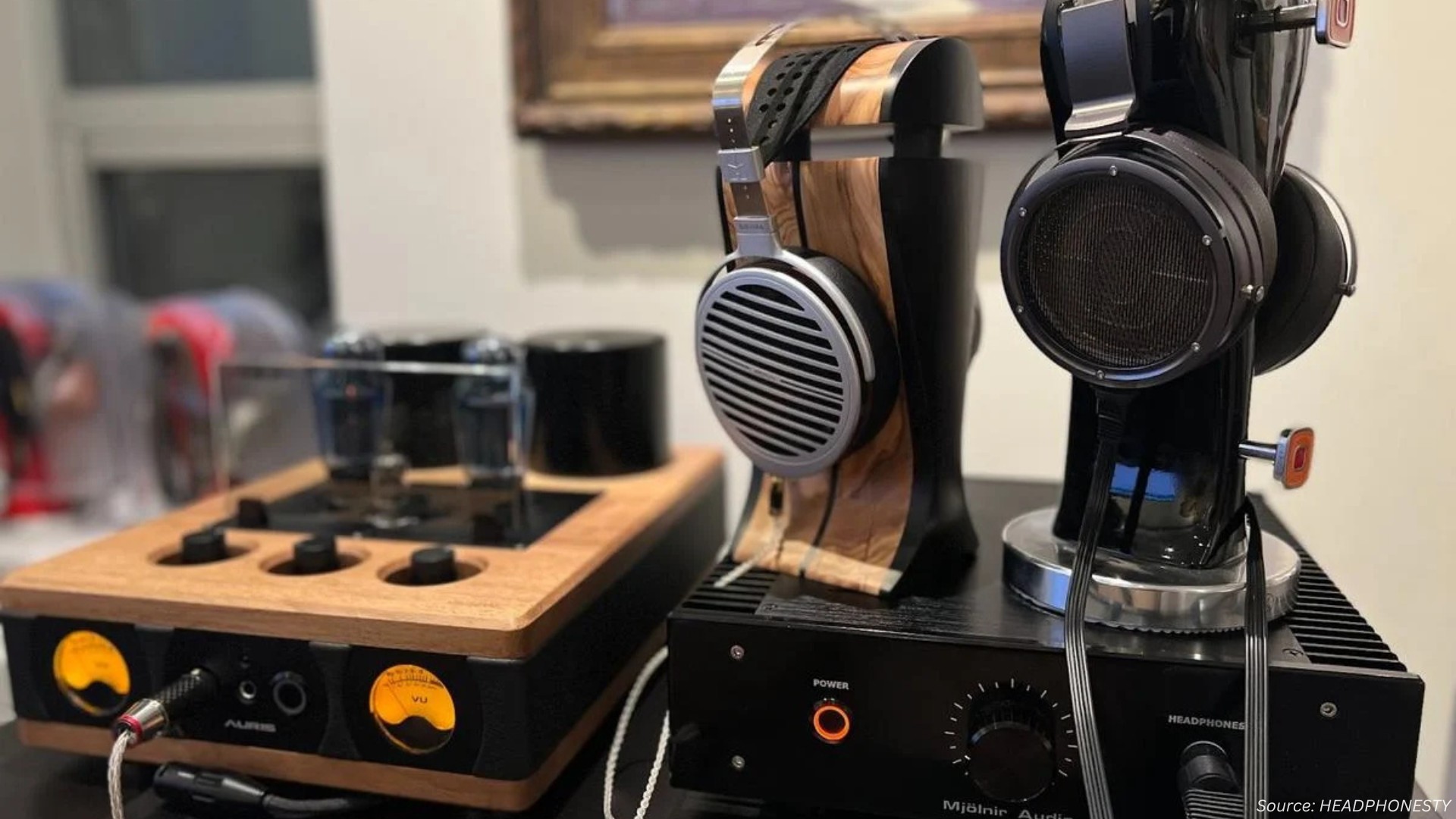
North America Power Bank Market by Battery Capacity (Upto 5000 mAh, 5001-10000 mAh, 10001-20000 mAh, Above 20000 mAh), by Battery Type (Lithium-ion (Li-ion) and Lithium-Polymer (Li-Po)), by Portability (Mini Power Banks, Compact Power Banks, and Larger High Capacity Power Banks), by Charging Technology Type (MagSafe or Wireless Charging Support and Standard Charging Support) and Others– Opportunity Analysis and Industry Forecast, 2023 – 2030
Industry: Retail and Consumer | Publish Date: 09-Oct-2025 | No of Pages: 151 | No. of Tables: 157 | No. of Figures: 102 | Format: PDF | Report Code : RC1463
Market Definition
North America Power Bank Market size was valued at USD 335.08 million in 2023, and is predicted to reach USD 479.22 million by 2030, with a CAGR of 4.8% from 2024 to 2030.
The power bank industry is dedicated to designing, manufacturing, and distributing portable charging devices. These devices, typically equipped with lithium-ion or lithium-polymer batteries, are engineered to store electrical energy and provide on-the-go charging for many portable electronic devices such as smartphones, tablets, digital cameras, and laptops. The industry has evolved rapidly, responding to the increasing reliance on mobile devices and the consequent need for portable power solutions.
The advantages of power banks are numerous and significant. Their primary benefit lies in their portability, allowing users to charge electronic devices without a stationary power source. This feature mainly benefits people who travel frequently or engage in outdoor activities. Moreover, power banks are designed to be compact and lightweight, enhancing their convenience.
Additionally, modern power banks are available in various capacities, enabling them to store enough energy to charge multiple devices or provide several charges to a single device, which is especially useful during extended periods away from traditional power sources. However, the environmental impact of these devices, particularly the production and disposal of lithium batteries, is a concern, necessitating proper recycling and disposal methods to minimize their ecological footprint.
Expanding Adoption Of Fast‑charging Standards Enhances Convenience
The widespread adoption of fast-charging technologies such as USB-C Power Delivery and Quick Charge is redefining user expectations in North America. Consumers now seek power banks that can deliver rapid charging to match the pace of high-performance smartphones, tablets, and laptops. This trend is especially evident among professionals, students, and frequent travelers who require efficient charging within short time windows. As a result, manufacturers are prioritizing power banks that combine speed, safety, and compact form factors, reinforcing their importance in fast-paced, mobile lifestyles.
Sustainability & Outdoor Compatibility Increase Market Appeal
Rising environmental consciousness among North American consumers is accelerating demand for eco-friendly and outdoor-ready power banks. Models featuring recycled materials, solar charging capabilities, and energy-efficient circuitry are gaining popularity, particularly among outdoor enthusiasts, remote workers, and travelers. This shift reflects a dual focus on sustainability and practicality, where consumers are looking for products that align with their values while supporting off-grid power needs. Rugged, weather-resistant designs with renewable energy options are becoming key differentiators in a competitive market.
Supply Chain Volatility And Raw Material Dependencies Disrupting Production
The North America power bank market is facing production headwinds due to persistent supply chain disruptions and heavy reliance on imported raw materials. Key components such as lithium, cobalt, and semiconductors are sourced predominantly from overseas markets, making manufacturers vulnerable to global trade tensions, geopolitical instability, and export restrictions. These disruptions have led to inconsistent inventory levels, increased production costs, and longer lead times. In an industry where innovation and speed-to-market are critical, such volatility is constraining product availability and delaying launches. Additionally, the pressure to localize supply chains in response to economic and policy shifts adds complexity and cost, further limiting the market’s ability to scale efficiently.
Integration Of Ai-enabled Power Management To Enhance User Experience
The integration of artificial intelligence into power bank systems is emerging as a transformative opportunity for the North American market. AI-powered energy management can optimize charging cycles, regulate power output based on connected device requirements, and enhance battery longevity through predictive analytics. This advancement not only improves energy efficiency but also aligns with rising consumer expectations for intelligent, user-adaptive devices. With North America's tech-savvy population increasingly seeking personalized and sustainable electronics, AI-enabled power banks present a future-ready solution that blends convenience with innovation. As AI becomes a core differentiator in consumer electronics, early adoption by power bank manufacturers can unlock new value propositions and market segments—especially among premium and enterprise users.
The U.S. Holds the Dominant Market Share in the North America Market
One of the primary drivers is the increasing prevalence of remote working culture. As more people in the U.S. adopt flexible work environments, the need for reliable, portable power sources has escalated. Power banks have become essential for charging devices such as laptops, smartphones, and tablets, especially when traditional power sources are not readily available. Thus, it is expected to create significant growth of the power bank market.
Mexico is Expected to Show Steady Growth in the North America Power Bank Market
The growing urban population in Mexico contributes significantly to the market expansion. With their fast-paced lifestyle and high reliance on technology, urban areas create a natural demand for portable charging solutions. As more people migrate to cities, the dependence on mobile devices increases, thereby boosting the demand for power banks. Urban consumers often seek products supporting their mobile lifestyle, and power banks fit this need ideally.
In response to these trends, several key players in the power bank industry are actively participating in the Mexican market. Companies such as Xiaomi, Anker, and Samsung have recognized the growing demand in Mexico and have introduced a range of power banks suited to different needs and budgets. These companies continuously innovate, offering products with features like fast charging, high battery capacity, and compact designs tailored for the Mexican consumer.
The presence of these market players, coupled with their recent developments, is meeting the current demand and shaping the future of the power banks market in Mexico. Their focus on innovation and understanding consumer needs is ensuring that the market remains dynamic and responsive to the changing technological landscape.
Competitive Landscape
The North America Power Bank industry includes several market players such as Anker Innovations, Duracell, Samsung Electronics, Belkin International, Mophie (ZAGG), RAVPower, Aukey, Jackery Inc., Goal Zero, Xiaomi Corporation, UGREEN, OtterBox, Zendure, Targus, Baseu, and Others.
North America Power Bank Market Key Segments
By Battery Capacity
-
Up to 5,000 mAh
-
5,001 to 10,000 mAh
-
10,001 to 20,000 mAh
-
Above 20,000 mAh
By Battery Type
-
Lithium-Ion (Li-Ion)
-
Lithium-Polymer (Li-Po)
By Portability
-
Mini Power Banks
-
Compact Power Banks
-
Large High Capacity Power Banks
By Charging Technology Type
-
Magsafe or Wireless Charging Support
-
Standard Charging Support
By Number of Ports
-
1 to 2 Ports
-
3 to 5 Ports
-
More than 5 ports
By Design
-
Standard Power Banks
-
Rugged Power Banks
By Display Technology
-
Power Banks with Display Technology
-
Power Banks without Display Technology
By Compatibility
-
Universal Power Banks
-
Device-Specific Power Banks
By Power Output
-
Less than 15W
-
15-65W
-
66 to 200W
-
More than 200W
By Distribution Channel
-
E-commerce or Online
-
Offline
By Region
-
North America
-
U.S.
-
Canada
-
Mexico
-
KEY PLAYERS
-
Anker Innovations
-
Duracell
-
Samsung Electronics
-
Belkin International
-
Mophie (ZAGG)
-
RAVPower
-
Aukey
-
Jackery Inc.
-
Goal Zero
-
Xiaomi Corporation
-
UGREEN
-
OtterBox
-
Zendure
-
Targus
-
Baseus
REPORT SCOPE AND SEGMENTATION:
|
Parameters |
Details |
|
Market Size in 2023 |
USD 335.08 Million |
|
Revenue Forecast in 2030 |
USD 479.22 Million |
|
Growth Rate |
CAGR of 4.8% from 2024 to 2030 |
|
Analysis Period |
2023–2030 |
|
Base Year Considered |
2023 |
|
Forecast Period |
2024–2030 |
|
Market Size Estimation |
Million (USD) |
|
Growth Factors |
|
|
Companies Profiled |
15 |
|
Market Share |
Available for 10 companies |
|
Customization Scope |
Free customization (equivalent up to 80 working hours of analysts) after purchase. Addition or alteration to country, regional, and segment scope. |
|
Pricing and Purchase Options |
Avail customized purchase options to meet your exact research needs. |

















 Speak to Our Analyst
Speak to Our Analyst

























